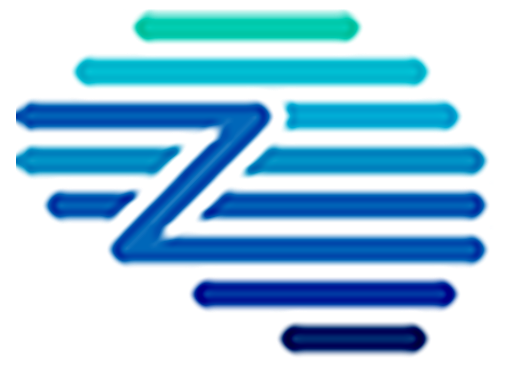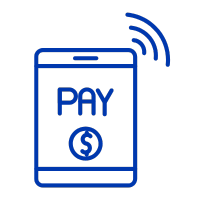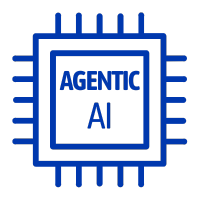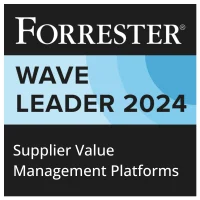E-Purchasing, also known as electronic purchasing, refers to the process of buying goods and services using the internet or other electronic methods. It encompasses a range of activities, from placing orders and invoicing to payment, often involving online platforms to streamline and optimize procurement processes.
Key Benefits
– Cost Savings: E-Purchasing helps in locking better prices by reducing maverick spending and enhancing price compliance. This leads to significant savings by optimizing spend visibility and eliminating duplicate payments.
– Efficiency Gains: By automating and streamlining procurement processes, organizations can achieve a reduction in manual processing times, leading to quicker order cycles and less room for errors. This boost in efficiency translates to faster decision-making and increased productivity.
– Enhanced Compliance: E-Purchasing systems enforce organizational policies and compliance requirements automatically, reducing risks associated with non-compliance and ensuring all procurement activities align with internal and external regulations.
– Improved Supplier Management: By integrating and automating supplier-related activities, organizations can better manage supplier relations and performance. This improved oversight helps in selecting optimal suppliers, leading to better contract terms and increased reliability.
– Strategic Decision-Making: The use of real-time analytics and AI-driven insights allows procurement teams to make more informed decisions, impacting not only cost savings but also advancing broader strategic business goals like innovation and risk mitigation.
Related Terms
– Cost Savings: E-Purchasing helps in locking better prices by reducing maverick spending and enhancing price compliance. This leads to significant savings by optimizing spend visibility and eliminating duplicate payments.
– Efficiency Gains: By automating and streamlining procurement processes, organizations can achieve a reduction in manual processing times, leading to quicker order cycles and less room for errors. This boost in efficiency translates to faster decision-making and increased productivity.
– Enhanced Compliance: E-Purchasing systems enforce organizational policies and compliance requirements automatically, reducing risks associated with non-compliance and ensuring all procurement activities align with internal and external regulations.
– Improved Supplier Management: By integrating and automating supplier-related activities, organizations can better manage supplier relations and performance. This improved oversight helps in selecting optimal suppliers, leading to better contract terms and increased reliability.
– Strategic Decision-Making: The use of real-time analytics and AI-driven insights allows procurement teams to make more informed decisions, impacting not only cost savings but also advancing broader strategic business goals like innovation and risk mitigation.
References
For further insights into these processes, explore Zycus’ dedicated resources related to E Purchasing:
- Making Procurement Performance Count – Part 3: Streamlining the Procurement Process
- Unlocking the Future: How Digital Twins are Revolutionizing Procurement and Supplier Management
- Leveraging Conversational AI in Procurement
- Charting a Roadmap to Successful AI implementation: How to get Faster ROI for your AI implementations
- AI Council: Leading AI-Driven Procurement Transformation
White Papers
Master the UK Procurement Act 2023: Ensure Compliance & Drive Procurement Excellence

Filter by
Compliant Invoicing
Compliant Invoicing refers to the process of generating, submitting, and managing invoices in adherence with legal, regulatory, and contractual requirements.
Continuity Plan
A Continuity Plan is an organized set of policies and procedures designed to ensure that a company’s essential operations can
Cost Modeling
Cost Modeling in procurement refers to the analysis and estimation of the total cost of ownership of a product or
Contract Audit
Contract Audit is a systematic evaluation of agreements and related documentation to ensure compliance with contractual terms, identify discrepancies, and
Procurement Cycle
The Procurement Cycle refers to the end-to-end process through which an organization identifies its needs, sources suppliers, negotiates contracts, places
Procurement Master Data Management
Procurement Master Data Management is the disciplined approach to managing core, consistent procurement information, including supplier, product, and contract data,






















































